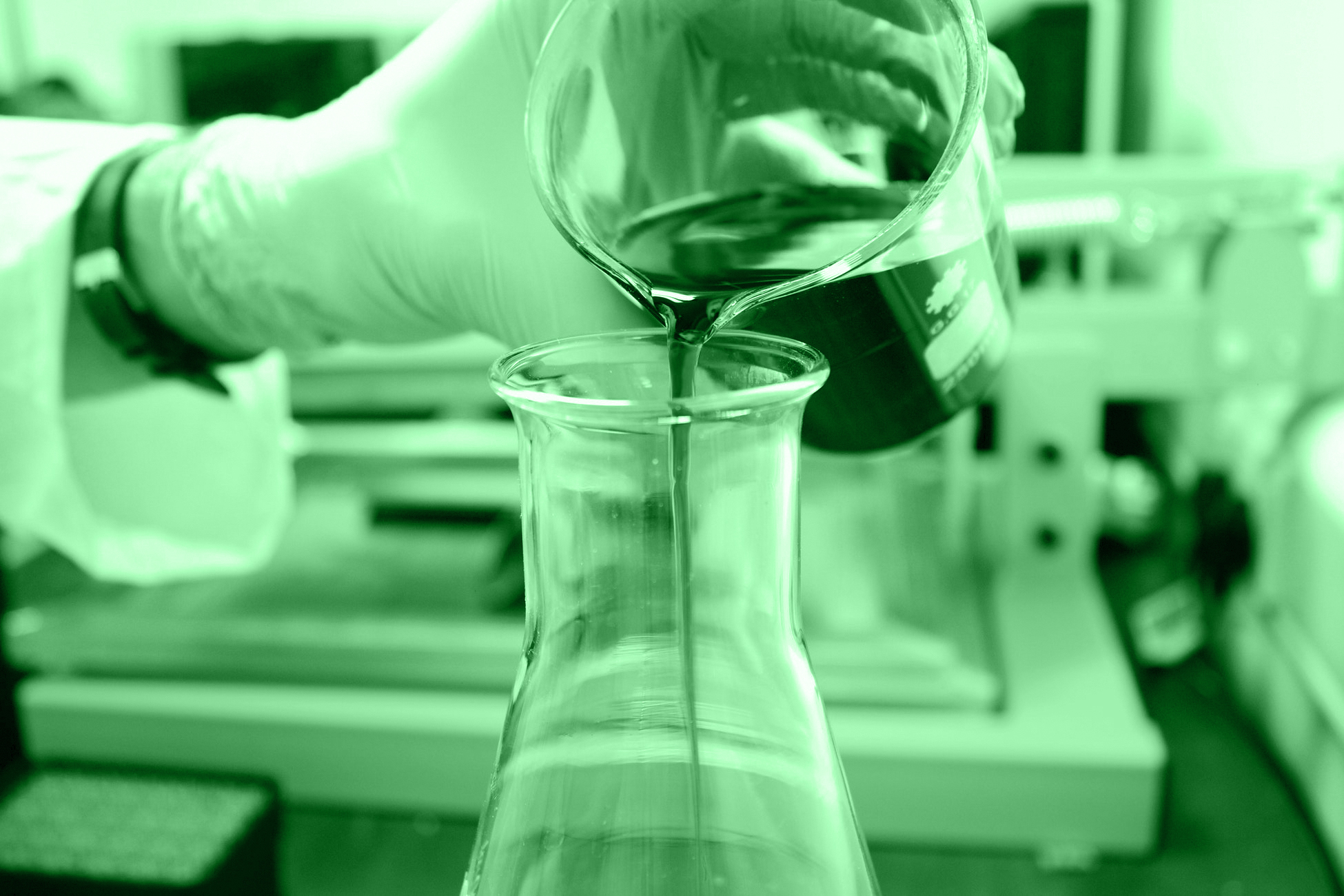Petroleum jellies (vaseline) - IQB®.
The medicinal synthetic lubricants more spread and used for various purposes after the first quarter of the 20th century up to today. They are mixtures of liquid and semi-liquid hydrocarbons, obtained and purified from petroleum to reach the quality standards set by different Pharmacopeias. White solid vaseline is applied on the skin as an hydrophobic protecting barrier and it also serves as excipient of various skin preparations holding liposoluble active principles. Liquid vaseline is the most recognized and long used intestinal lubricant. It is mainly used in cases of atonic constipation and when it is required to maintain a soft consistency of the feces. Both products are, due to its chemical features, practically innocuous and are not absorbed by the body from the application spots. Nevertheless, but specially in the case of liquid vaseline, if administered orally and in repeated doses, precautions should be taken and the interaction that may arise from everyday use should be considered.
Therapeutic Action:
Lubricants, emollient.
Uses:
The main use of white solid vaseline is acting as hydrophobic protecting barrier on the skin, to protect and make gentler in invasive mechanical processes, and as excipient of various skin preparations to hold liposoluble active principles. The liquid vaseline is mainly used as intestinal lubricant in cases of atonic constipation, or in cases of constipation as consequences of intakes of low fiber food and to maintain feces soft. This is useful during the post-surgical period of rectal, hemorrhoid, etc. surgeries, in patients that should avoid efforts even when defecating, etc.
Pharmaceutical Forms:
- • Liquid Vaseline Thickened IQB® (s/F.N.A. VI)
- • White Solid Vaseline IQB® (s/F.N.A. VI)
Presentaciones (both Pharm. Forms):
- • HDPE 100 ml /g bottle.
- • HDPE 250 ml /g bottle.
- • HDPE 500 ml /g bottle.
- • HDPE 1000 ml /g bottle.
- • HDPE 5000 ml /g bottle.
National Health Authorization:
ANMAT Authorizing Resolution No. 56/2009










